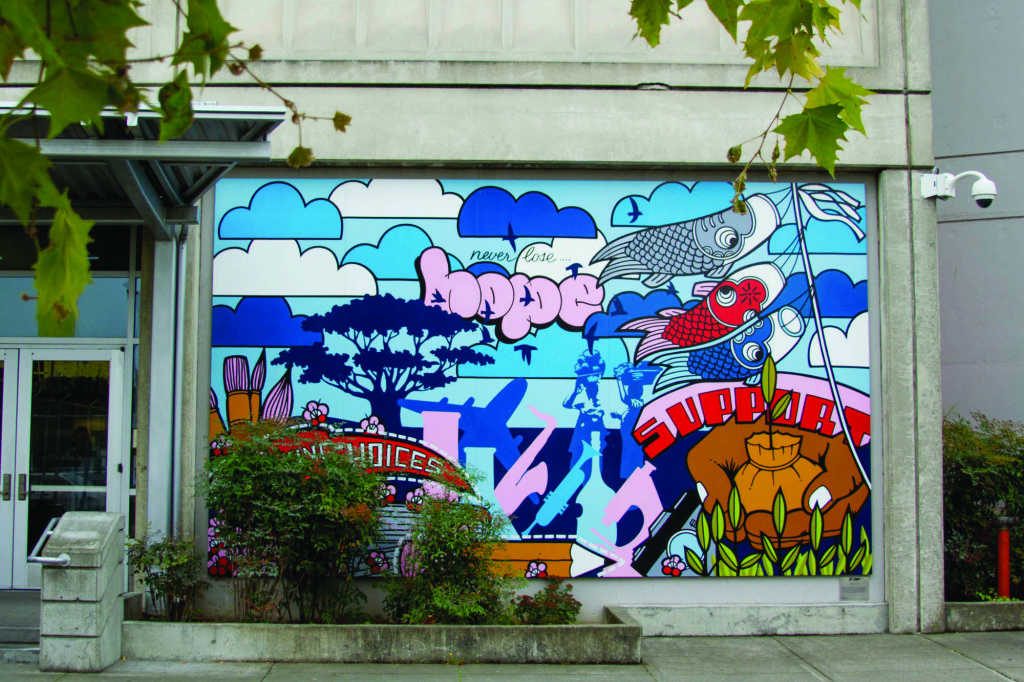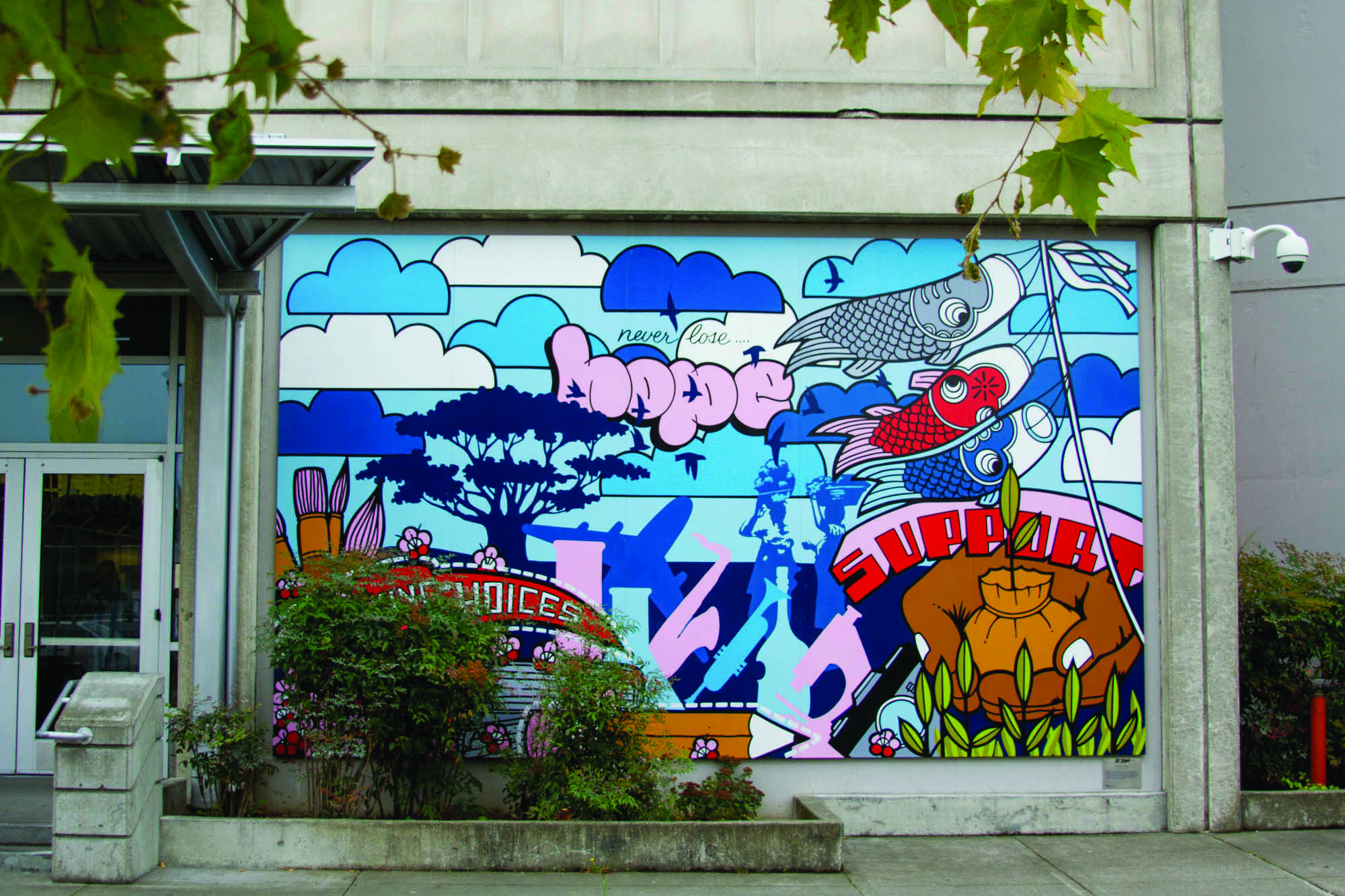The Seattle City Council unanimously passed a resolution to move toward zero youth detention in Seattle in September. But despite this resolution, starting later this year, the city will begin construction on a new juvenile detention center called the Children and Family Justice Center.
Many in Seattle oppose the project, including junior nursing major at Seattle University, Amrit Singh, who helped organize a panel last year at Seattle U to address the topic of youth incarceration.
“They want this community center to fix broken families and create unity and all this other stuff, but ultimately this is just another building to imprison youth, regardless of how they advertise,” Singh said.
Singh believes that the name of the new facility, the Children and Family Justice Center, is intentionally misleading and that false advertisement for the building as a community center rather than a juvenile detention center could have duped voters into supporting the funding levy. She also suspects that the new facility is a part of efforts to make the Yesler area, which is currently being developed, more appealing to new tenants. Singh believes the Justice Center, like the new condos in the area, may contribute to gentrification.
“The current building is plain in color and looks like a detention center, and this new plan is going to make that community more appealing so that when people start investing in property…they might not know that there’s a juvenile detention center right down the street,” Singh said.
This project has been a priority since 2008, according to the Public Information Officer for the project, Alexa Vaughn. The current Youth Services Center requires costly maintenance, and in 2012 voters passed a $210 million levy to fund the construction of the new facility.
The old building will be used until the new one is complete in 2018. The new center will be larger than the old one, but will contain 100 fewer beds (112 as opposed to 212). According to Vaughn, the extra space will be dedicated to court facilities, programming space and a resource center available to the community.
According to Vaughn, part of the purpose of the new facility is to connect the center with the community and to provide resources even to people who aren’t court-involved. For the incarcerated youth themselves, Vaughn says the space is designed to be therapeutic.
“One of the things that our current detention lacks is separate programming space that takes them out of the regular detention bed halls, and that’s not ideal,” Vaughn said. “So the new center will have programming spaces that are dedicated to just that.”
Some of these programming spaces include a multi-faith spiritual center, as well as a room dedicated to visiting programs like a creative writing program, an improv program and a Yoga Behind Bars program.
Singh points out that the focus needs to be put on helping youth before they reach prison—especially youth of color, who are disproportionately represented in the current detention center and therefore require the most support.
“Our system is already setting up our youth of color to fail by the way we’re treating them in the schools and in the community,” Singh said. “Why are we sending youth to jail instead of supporting them in the community? If you go to jail once, there’s a significant likelihood of you going back.”
Dave Chapman, Manager of the Criminal Justice Strategy and Policy for King County, agrees that this is a societal problem. He believes that though they disagree about the construction of the new facility, King County as a whole has the same goals as those opposing the Children and Family Justice Center.
“We all want to get upstream of the problem and figure out how we can use peace circles and restorative justice and any other method to try to break the cycle of violence that some youth have been subjected to all their life,” Chapman said.
Chapman said that since the ‘90s, King County has decreased the number of juvenile cases filed from about 9,000 to 1,579 in 2015. This decrease is due to the county’s efforts to create diversion programs that try to deal with misdemeanors using community support and restorative justice rather than immediately filing charges against youth. These programs include the 180 Program for youth with their first or second low-level misdemeanor, and Family Reconciliation Services, a program started in January to address youth involved in domestic violence. According to Chapman, so far the programs are less successful among youth of color, so the racial disproportionality has increased while the number of total cases decreased. Clearly, there is still a lot of work to be done.
“We need to roll up our sleeves and have serious discussions about whether we are offering culturally competent programming, and are we sending materials in a manner that is non-threatening, and are language barriers being overcome,” Chapman said.
Currently, the Juvenile Justice Equity Steering Committee—made of up about 35 community members from school superintendents to foster parents to youth who have been involved in the justice system—has met every month since September to develop recommendations for improvements. The recommendations will be presented to King County later this year.
Activist groups around Seattle have not given up in their efforts to stop the building project. On March 6, an encampment will take place at the current detention center to protest the permits and upcoming construction. They will also use the time to write letters to incarcerated youth. Those that want to get involved can do so by joining in this action, attending town halls, or writing to the Juvenile Justice Equity Steering Committee members.
“Seattle U has this notorious identity of claiming that Capitol Hill is its community, and we advertise that towards incoming students,” Singh said. “So this isn’t just an issue for the Yesler area or the community outside Seattle U, it’s also an issue for
Seattle U.”
Madeline may be reached at mcorbin@su-spectator.com









